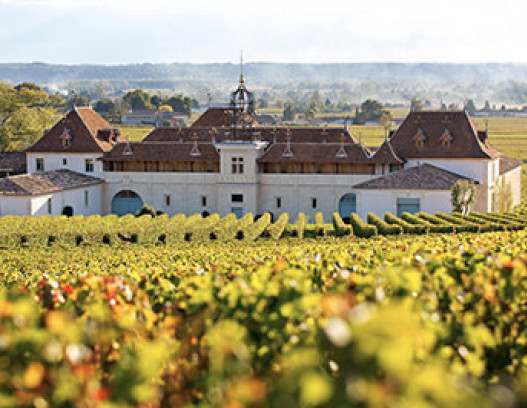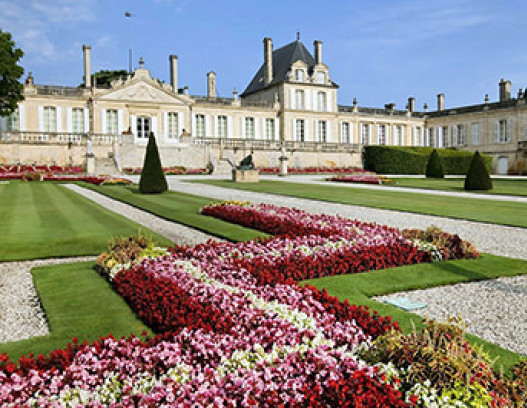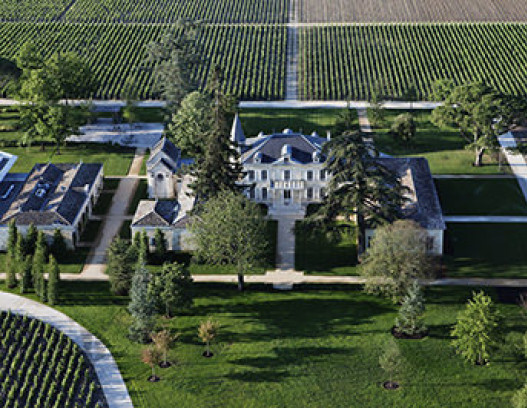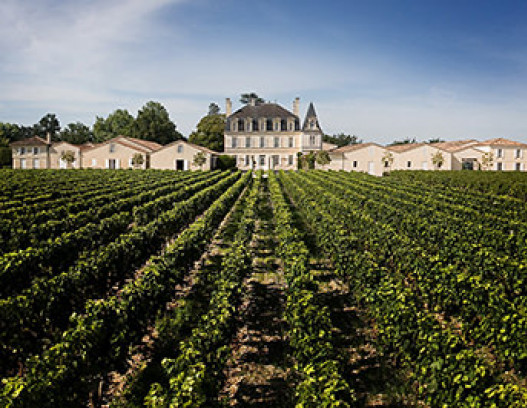Bordeaux, France
Producers
Bordeaux Region
Bordeaux Wine Sub-regions:
Haut-Medoc
Margaux
Pauillac
Pessac-Leognan
Pomerol
Saint-Emilion
Sauternes
St-Estephe
St-Julien
Bordeaux Fine Wine Summary
The global influence of the Bordeaux region in the fine wine investment market remains unsurpassed, with the top properties contributing near £2bn annually. Wine has been traded in the region since the 12th century and the high grade investment wine produced here today remains the cornerstone of the industry, Bordeaux Wines currently account for around 80% of fine wine traded worldwide. The best Bordeaux wines continue to dominate fine wine auctions and their names, with their noble lineages and international cachet remain essential currency for anyone involved in investing in wine.
Premier Grand Cru
Château Lafite Rothschild (Pauillac)
Château Margaux (Margaux)
Château Latour (Pauillac)
Château Haut-Brion (Pessac-Leognan)
Château Mouton-Rothschild (Pauillac)
Premier Cru Supérieur
Premiers Grands Crus Classés A
Château Ausone (Saint-Emilion)
Château Cheval Blanc (Saint-Emilion)
Château Angélus (Saint-Emilion)
Château Pavie (Saint-Emilion)
The River Gironde, weaving its way to the South Atlantic coast, cleaves the region in two with substantial consequences for the characters and histories of the vineyards to either side of it.
The “Left Bank” is made up of the Medoc, Pessac-Leognan and Graves wine-growing regions whose gravelly soils with iron and limestone deposits favour the Cabernet Sauvignon grape and structured, powerful wines that age beautifully for decades. Further inland, on the banks of the Garonne, the Sauternes region produces luxuriously perfumed sweet whites desired the world over. In past centuries, it was the Left Bank which saw most investment, thanks to its closer geographic proximity to the Atlantic coast from which trading galleys visited the region. Thus, the famed wine producing estates on the Left Bank, such as Lafite, Margaux and Mouton, tend to be physically larger and have ornate, stately chateaux attached to them. These properties were ranked under the 1855 Classification of Bordeaux Wines, at the behest of Napoleon.
The “Right Bank”, whose most famous and important regions are Saint-Emilion and Pomerol, has more mixed soils of clay, sand and gravel and supports predominantly Merlot grapes, and quite often Cabernet Franc. Due to the varied terroir, Right Bank Bordeaux wines differ in style but are generally softer and fruitier than that of the Right Bank. The wineries here are smaller and less opulent but are nevertheless vital points of reference for anyone thinking of investing in wine: properties like Ausone, Petrus and Le Pin are among the most sought-after wine brands in the world. The 1855 Classification left out the wineries of the Right Bank. Some, like those in Saint-Emilion, have devised their own ranking systems, whilst those in Pomerol do not submit to classification of any kind.
Following the Garonne further south we come to the Sauternes region- cradle of the world’s most famous sweet, unctuous whites. An exotic warm and humid microclimate provokes the development of botrytis, or ‘noble rot’ which naturally concentrates the Semillon, Muscadelle and Sauvignon Blanc grapes that grow here and leaves them with a high residual sugar content. The resultant wines are golden-coloured, opulent and sweet with highly complex aromatics. With an extraordinary propensity for ageing - often 100+ years – these wines are steeped in prestige and have been coveted by royals and noblemen for centuries. The leader among the region and the only Premier Cru Superieur of 1855 is Chateau d’Yquem, which holds the record for the highest price ever achieved for a single bottle of wine: £75,000 for an 1811 sold at The Ritz in 2011. These wines became legal for export to Hong Kong and China in 2010 and industrious marketing campaigns in those regions by groups such as LMVH (owners of d’Yquem) are ensuring that the massive growth potential in these markets will not go unmet.
Without Bordeaux wines, the thriving global fine wine investment market we enjoy today simply would not exist. Its sensual allure and effect on the imagination speaks an international language that has led the finest Bordeaux wines to be sought by collectors from all over the planet. When one considers the rich history of Bordeaux, its pedigree and cultural currency, it is easy to grasp why this region is currently held in such monumental regard in the Far East and possesses luxury status in the burgeoning economies of China and Hong Kong, to such an extent that buyers in these two nations make up the single biggest market for Bordeaux wines. In fact, the interest in investing in wine from this region is so great that recent years have seen a number of chateaux being bought by companies and individuals from the Far East.
Browse the best Bordeaux Wines the region has to offer. If you need any further assistance please do not hesitate to contact us via the contact page.
































































